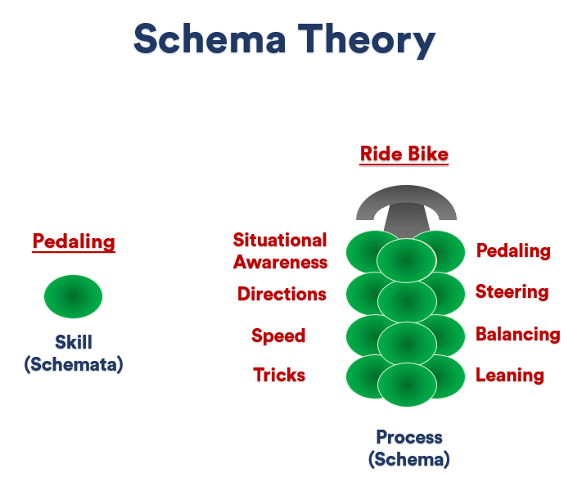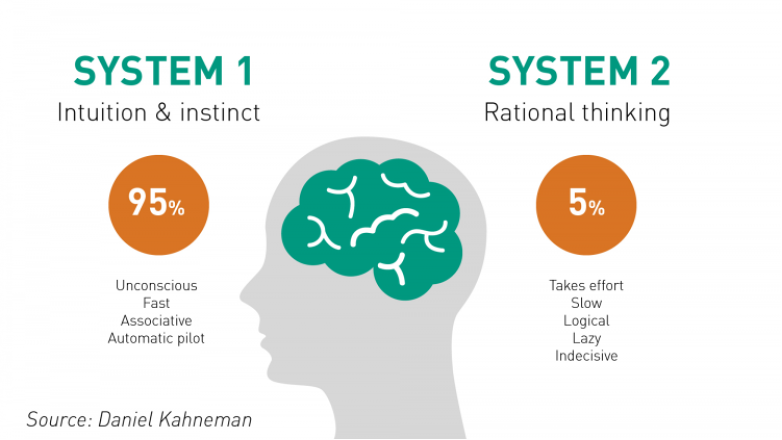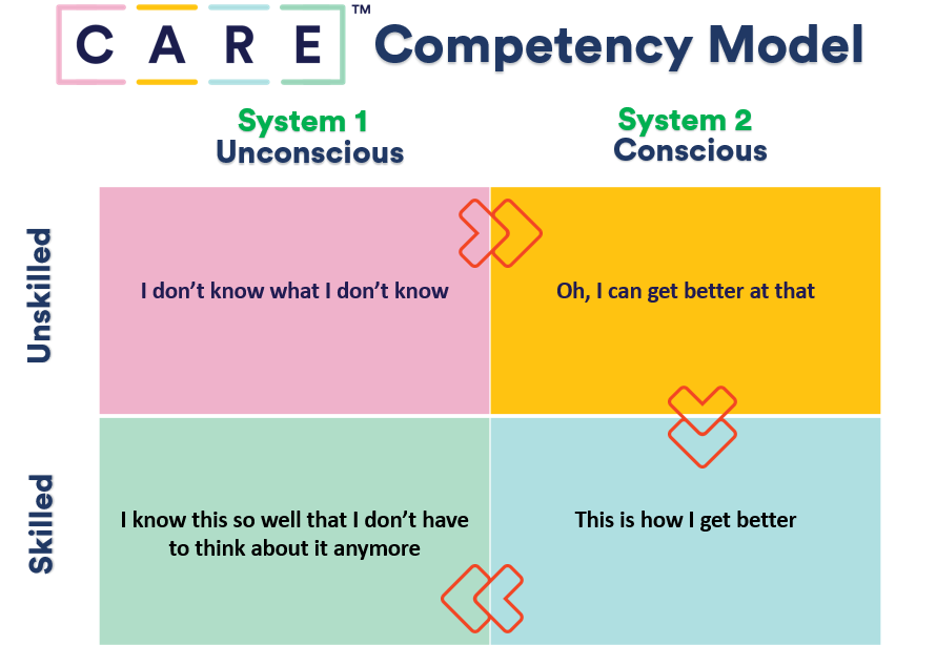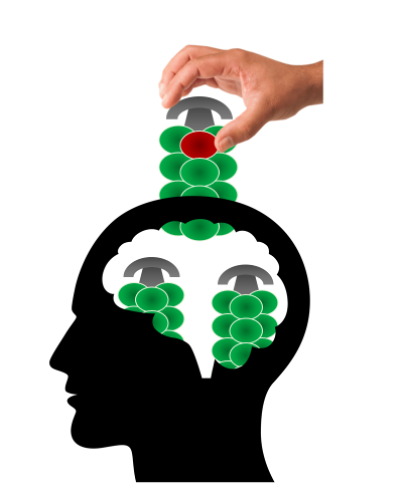The Schema Theory & Overcoming Our Biases

Contents
Think back to when you learned how to ride a bike.
First, you needed to understand how to pedal and steer with training wheels. Then, you learned how to balance without training wheels. A few months later, you were jumping makeshift ramps with the neighborhood kids and no longer needed much brainpower towards pedaling, steering, or balancing. In your mind, it was simplified to… ‘ride.’
In a sense, that is what schema theory is all about. Your brain takes individual skills and groups them together as processes. The individual components of these processes are called “Schemata,” and the overall processes are the “Schemas.”

So as humans, when we encounter a familiar situation, our brains search for the corresponding schemas and execute them. This is often done automatically and with little cognitive effort.
You see, our brains are designed for efficiency for both energy and time. Whenever we learn a new piece of information, our brains are hard at work to categorize and organize the information presented to us and store it in an unconscious area of the brain. That way, in the future, it is that much easier for your brain to access that information and with much less effort, which saves you time and energy.
Yet, therein lies the danger of schemas. If we aren’t careful, biased processes can enter our schemas undetected and remain there until we actively replace them.

To understand how that happens, we must first think about our brain as two interdependent systems called System 1 and System 2.
What is System 1?
System 1 is the part of the brain that has been pruned and fine-tuned through evolution for efficiency. It is the part of our brain that runs everything we aren’t actively thinking about. It controls our movement, moods, senses; the list goes on and on.
Essentially, every area of the brain that isn’t the frontal lobe. It is impossible to function without the automatic processes of System 1.
What is System 2?
System 2 is the part of the brain we likely feel more connected with. It is the part that sets humans apart from most other animals. It is the part of our brain that makes choices, controls complex reasoning, planning, logic, etc.
If we actively make a choice to do something, that’s System 2. It is the frontal lobe of our brain, aka the conscious area.
What's the difference?
The main governing difference is that System 1 is passive and unconscious, and System 2 is active and conscious. As humans, we can’t function in society without firm control over both systems.
How can we leverage this information to get better at identifying our biases?
Well, first, it takes a commitment to continuous improvement and an acceptance that your brain can often be flawed, and there needs to be checks and balances in place. In other words, you need to adopt a growth mindset.
Once we’ve committed to having a growth mindset, the rest follows a basic competency model.

We all start our learning journey in the top-left quadrant. To learn what we don’t know we have to first exercise self-awareness.
In schema theory, this is identifying that one of our processes might require pruning and upgrades. We do this by taking a schema out of the unconscious System 1 and bringing it into the conscious System 2.
Once we start to look at the whole of the process, we can identify improvements and changes that we need to make. We do this anytime we learn something new.
The tricky part is reintegrating the knowledge we gain back into our unconscious.
Sometimes we get lucky, and our conscious insights find their way back into the unconscious for further use. But, more often than not, we end up right back where we started: in the top-left quadrant and forgetting our new insights.
It happens to everyone. We try and create new habits because we know we need to improve, only to break our new routines and return to our original behavior.
It can be for many reasons;
- We get busy
- Something comes up
- We’re overwhelmed.
If we cannot make it to the bottom-left quadrant, we end up back in the beginning and start all over.
How do we avoid this? Reinforcement.

By charting slow progress towards a goal, we allow our brain time to reintegrate the knowledge in our subconscious by making an active effort to create a habit.
If we continuously reinforce a concept until we no longer have to think about doing it, that’s when it becomes internalized and reintegrated into the appropriate schema.
That is how we have a say in what is stored in our unconscious System 1. The frontal lobe is what allows humans metacognitive abilities. It’s how we make a conscious change.
So, if you want to change, if you want to chart progress, you must do it within System 2 and then reintegrate it into your schema.
Here at DX, we work with the brain rather than against it by fitting our training to the brain’s natural tendencies.
The more we understand how we learn, the more say we have in how our brain operates.
Do you want to learn how to overcome your biases through schema theory?
Do you CARE? We do, and we’re happy to help!
Book a meeting with Alex Draper, DX CEO and Co-Founder today, for a 30-minute complimentary “Leadership Development Challenge” consultancy.
Insights

Subscribe to Our Monthly Newsletter!
For managers and talent professionals who truly believe in putting people first, the CARE to Win blog is your gateway to the latest insights on human-centric leadership. Join us as we champion the people first movement.
Need some time apart? Are we emailing you too often? Just give us your feedback, and we promise we’ll respond. We really do care. And if it’s still too much, just unsubscribe. It’s cool.
 Ryan Aguiar
Ryan Aguiar


